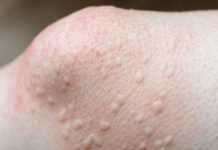Inheriting a cherished armchair from your grandparents is a wonderful experience, but dealing with lingering cigarette smoke odors can be a challenge. The sentimental value attached to such heirlooms makes it essential to find effective methods to eliminate the stubborn scent. This time-tested recipe provides a comprehensive guide on removing smoke odors from furniture, books, and clothing, ensuring your inherited treasure can be enjoyed without the lingering reminders of past habits.
Ventilation:
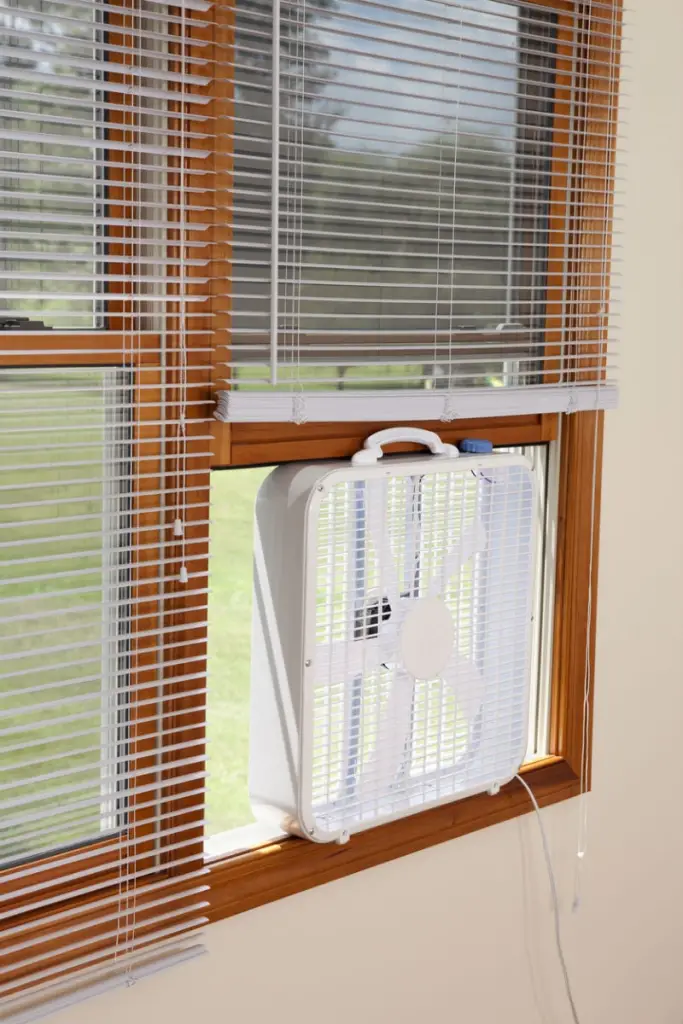
Begin by opening windows to allow fresh air to circulate in the room. Adequate ventilation is crucial in eliminating smoke odors. Place fans strategically to enhance air circulation, expelling the smoky remnants from the space.
Baking Soda Magic:
Harness the power of baking soda, a natural deodorizer. For rooms or cars, place a bowl of baking soda and leave it for at least 24 hours. Sprinkle baking soda on carpets, furniture, or clothes, allowing it to absorb odors before vacuuming or shaking it away. For non-washable items like books or decorations, seal them in a plastic bag with baking soda for eight hours.
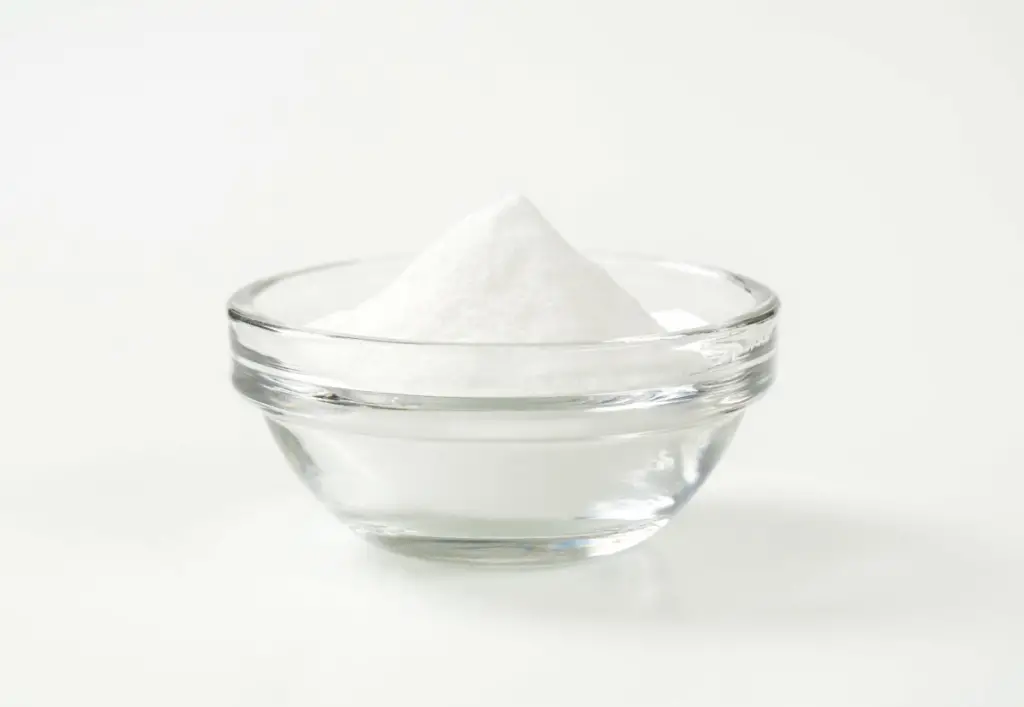
Vinegar Neutralization:
Utilize white vinegar to neutralize smoke odors effectively. Place bowls of white vinegar in rooms or cars overnight. Simmer vinegar on the stove for 1-2 hours to expedite the deodorization process. For machine-washable clothes, substitute half a cup of white vinegar for detergent to break down odor molecules.
Activated Charcoal Absorption:

Activated charcoal, known for its adsorption properties, traps and removes smoke odors. Place activated charcoal bags around the affected area or on furniture and carpets. Avoid using charcoal powder directly on fabrics to prevent staining.
Steam Cleaning:
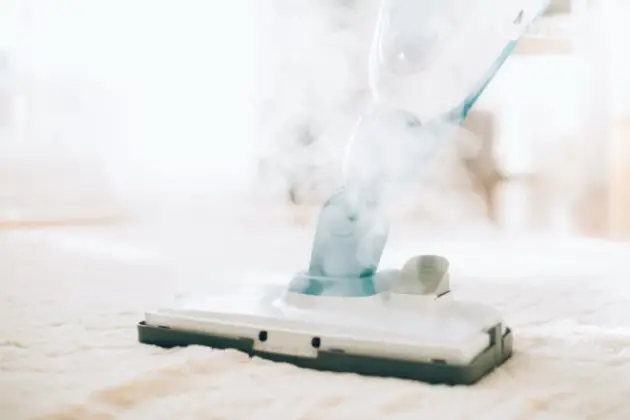
Harness the power of steam to tackle smoke-filled walls, floors, and upholstery. Steam dissolves hardened tar and oil, making it easier to wipe away with a microfiber cloth or sponge. Exercise caution to avoid damaging delicate fabrics.
Air Purification:
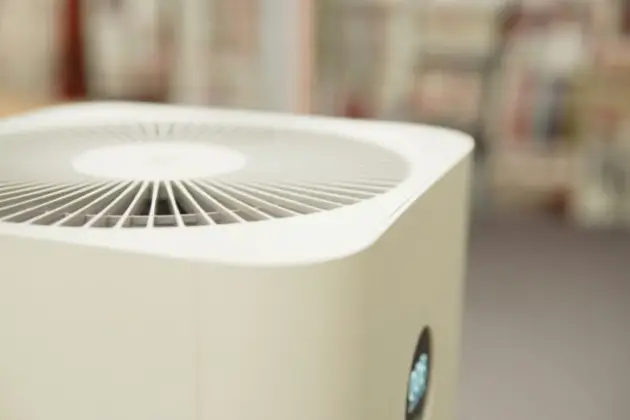
Consider using air purifiers, especially those with charcoal filters, to reduce tobacco odors. These filters may prove effective in capturing gaseous pollutants from cigarette smoke. If facing wildfire smoke, opt for purifiers with HEPA filters for enhanced removal of particulate matter.
HVAC System Maintenance:

Regularly change air filters in HVAC systems to complement other odor-removing strategies. Consult with experts to determine if your system supports HEPA filters, which can be highly effective against persistent odors.
Professional Assistance:
In extreme cases or if DIY methods prove insufficient, consider hiring professional smoke removal services. These experts employ specialized techniques and stronger cleaners to treat surfaces thoroughly and safely eliminate persistent smoke odors.
Conclusion:
Preserving the charm of your grandparents’ armchair is possible with these proven methods to banish smoke odors. From natural deodorizers like baking soda and vinegar to the absorption power of activated charcoal, this recipe offers a diverse set of strategies. By incorporating these steps, you can breathe new life into your inherited furniture, ensuring it becomes a cherished and odor-free family heirloom.
image source : bobvila


